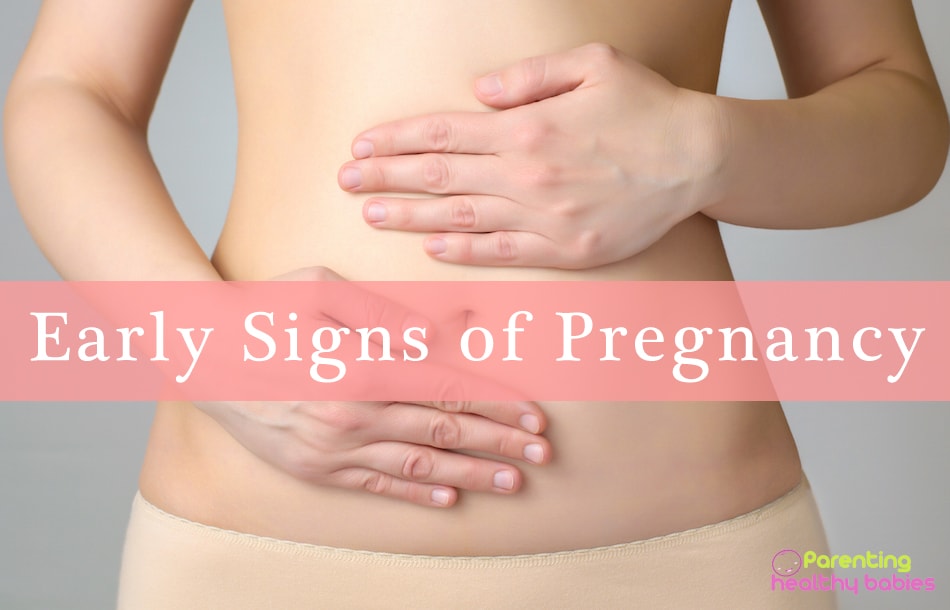Melasma, also called ‘chloasma’, is a common skin condition of adults in which light to dark brown or grayish pigmentation develops, mainly on the face. The name comes from melas, the Greek word for black. Although it can affect both genders and any race, it is more common in women and people with darker skin-types who live in sunny climates. Melasma usually becomes more noticeable in the summer and improves during the winter months. It is not an infection, it is not contagious and it is not due to an allergy. Also, it is not cancerous and will not change into skin cancer.
A Guide for Melasma During Pregnancy
Cause of Melasma During Pregnancy
When melasma occurs during pregnancy, it is also called chloasma, or “the mask of pregnancy.” Pregnant women experience increased estrogen, progesterone, and melanocyte-stimulating hormone (MSH) levels during the second and third trimesters of pregnancy. Melanocytes are the cells in the skin that deposit pigment. However, it is thought that pregnancy-related melasma is caused by the presence of increased levels of progesterone and not due to estrogen and MSH. Studies have shown that postmenopausal women who receive progesterone hormone replacement therapy are more likely to develop melasma. Postmenopausal women receiving estrogen alone seem less likely to develop melasma.
Where Does It Affect?
Melasma is simply darker-than-normal skin affecting the cheeks, forehead, upper lip, nose and chin, usually in a symmetrical manner. It may be limited to the cheeks and nose or just occur overlying the jaw. The neck and rarely the forearms can also be affected. Areas of melasma are not raised.
Symptoms of Melasma During Pregnancy
Melasma causes patches of discoloration. The patches are darker than your usual skin color. It typically occurs on the face and is symmetrical, with matching marks on both sides of the face. Other areas of your body that are often exposed to sun can also develop melasma.
Brownish colored patches usually appear on the:
- cheeks
- forehead
- bridge of the nose
- chin
It can also occur on the neck and forearms. The skin discoloration doesn’t do any physical harm, but you may feel self-conscious about the way it looks. If you notice these symptoms of melasma, see your healthcare professional. They might refer you to a dermatologist, a doctor who specializes in treating skin disorders.
Risk Factors of Melasma During Pregnancy
The role of hormonal levels, either during the pregnancy period or due to hormonal therapy, is considered to be, if not the most important factor, one of the most factors influencing the onset and development of melasma. During pregnancy, immunologic, endocrine, metabolic and vascular changes make pregnant women susceptible to changes of the skin and its appendages. Estrogen, progesterone and Melanocyte-Stimulating Hormone (MSH), which are normally increased during pregnancy and even more during the third trimester, are believed to trigger the onset of melasma, even though numerous cases have been found to have no increased levels of the above hormones. However, some scientists suggest that hormonal alterations with low estrogen levels and high LH levels, due to ovarian dysfunction, may underlie the pathogenesis of some cases of idiopathic melasma
Treatment of Melasma During Pregnancy
Once you have them, it can be challenging to rid yourself of these freckly brown spots. Melasma rarely goes away on its own, experts say, but there are treatments you can try to ease their appearance.
In addition to wearing sunscreen religiously, products that contain niacin amide (vitamin B3), a potent antioxidant, can help even skin tone.
Also good: Vitamin C inhibits an enzyme called tyrosine from converting into melanin (the pigment that darkens skin), so skin gets brighter. Investing in a topical vitamin C serum can help improve dark discoloration.
It may require a combination of different treatments, but getting rid of melasma is not impossible. If you aren’t having luck with topical treatments, book an appointment with your dermatologist to learn more about in-office procedures. These treatments should only be done by a board-certified dermatologist, as they have the risk of making melasma worse if not done properly. It is important to continue to wear a high-SPF sunscreen and avoiding heat to prevent reoccurrence.
Prevention of Melasma During Pregnancy
To avoid melasma (or at least control dark pigmentation you already have), the best preventative measure is to use SPF on your face every single day, rain or shine. It’s smart to avoid too much sun and heat, but if exposed, be sure to cover with a wide-brimmed hat. Melasma can crop up from sunburn. Some oral medications and supplements may make you less sensitive to sunlight and, if taken daily, could lessen your chances of getting melasma.
To conclude, you might not be able to control the factors behind the occurrence of melasma, but you can definitely keep the condition under control by following certain procedures and regularly visiting your dermatologist.













